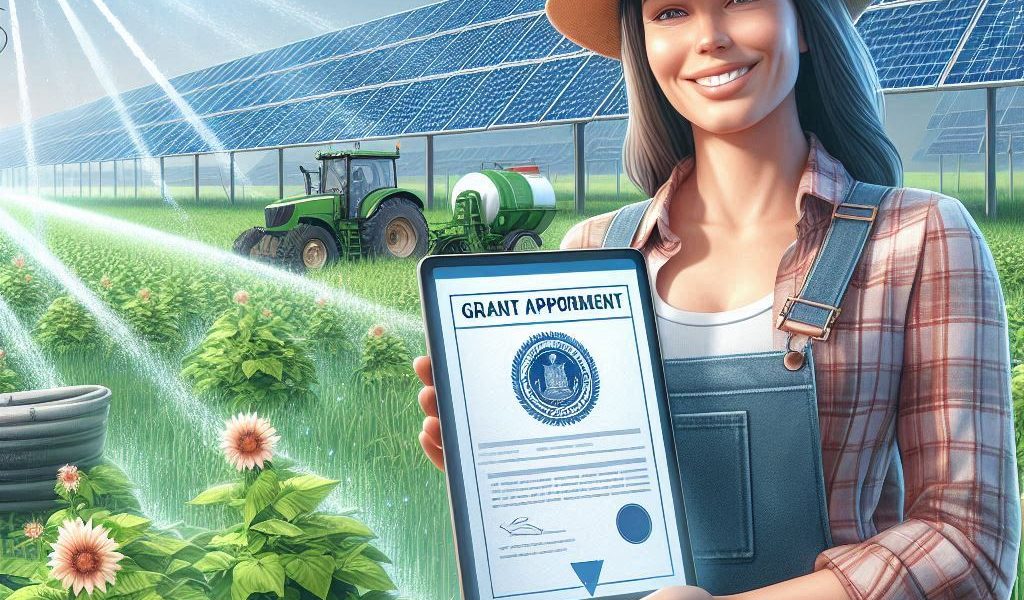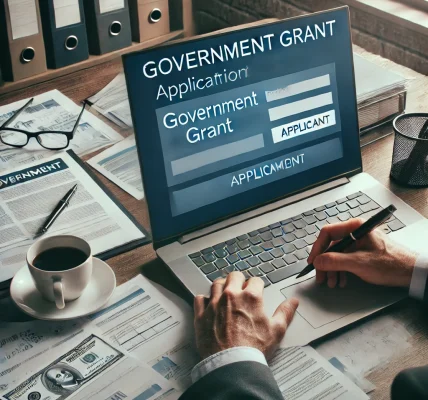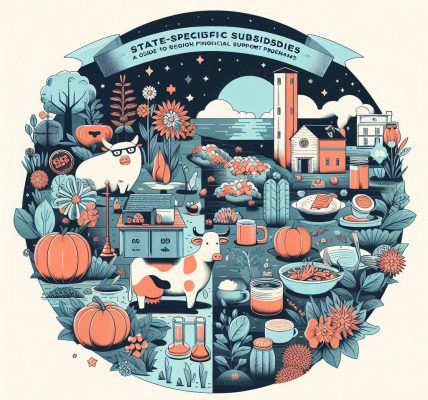Agriculture plays a crucial role in the global economy, providing food security, employment, and sustainable resources. To support farmers and enhance agricultural productivity, governments offer various subsidy programs. These subsidies help farmers reduce costs, invest in modern technology, and sustain their businesses in a competitive market.
In this guide, we will explore the agricultural subsidies available in 2025, how farmers can benefit from them, and the application process. This blog is SEO-friendly, informative, and legally compliant to provide accurate and actionable insights.
What Are Agricultural Subsidies?
Agricultural subsidies are financial support programs provided by governments to farmers and agribusinesses. These subsidies can take various forms, including:
- Direct Cash Payments: Financial aid given to farmers to support crop production.
- Price Support Subsidies: Ensuring minimum price levels for agricultural products.
- Input Subsidies: Discounts on fertilizers, seeds, and pesticides.
- Insurance and Disaster Relief: Assistance for farmers affected by natural disasters.
- Technology and Innovation Grants: Funding for adopting advanced farming techniques and equipment.
These subsidies aim to increase food production, stabilize farm income, and promote sustainable agricultural practices.
Types of Agricultural Subsidies in 2025
1. Direct Financial Support
- Purpose: Helps farmers cover operational costs and sustain production.
- Who Can Apply? Small and medium-scale farmers with registered farms.
- How to Apply? Submit an application through the official government agricultural department.
2. Fertilizer and Seed Subsidies
- Purpose: Provides farmers with affordable access to quality fertilizers and seeds.
- Who Can Apply? Crop farmers who meet government-defined eligibility criteria.
- How to Apply? Enroll in subsidy programs through local agricultural offices.
3. Renewable Energy Subsidies for Farms
- Purpose: Encourages farmers to use solar panels, wind energy, and biofuels.
- Who Can Apply? Farmers adopting renewable energy solutions for irrigation, storage, or processing.
- How to Apply? Apply through the energy and agriculture ministry’s joint programs.
4. Farm Equipment and Machinery Grants
- Purpose: Supports farmers in purchasing modern tractors, harvesters, and irrigation systems.
- Who Can Apply? Farmers with plans to modernize their agricultural practices.
- How to Apply? Submit a proposal detailing the intended use of machinery and expected benefits.
5. Organic Farming Incentives
- Purpose: Promotes sustainable and chemical-free farming practices.
- Who Can Apply? Farmers transitioning to organic farming.
- How to Apply? Apply for certification and funding through organic farming boards.
6. Crop Insurance Subsidy
- Purpose: Protects farmers against crop losses due to pests, droughts, or floods.
- Who Can Apply? Farmers who meet insurance policy requirements.
- How to Apply? Enroll through government-approved insurance providers.
7. Water Conservation and Irrigation Grants
- Purpose: Encourages efficient water use through modern irrigation techniques.
- Who Can Apply? Farmers using water-saving technologies like drip irrigation.
- How to Apply? Apply via agricultural water management programs.
8. Livestock and Dairy Farming Subsidies
- Purpose: Supports farmers engaged in poultry, cattle, and dairy farming.
- Who Can Apply? Farmers with livestock-rearing facilities.
- How to Apply? Submit an application with livestock records and business plans.
How Farmers Can Benefit from Agricultural Subsidies in 2025
1. Reduced Production Costs
Subsidies lower the cost of inputs such as seeds, fertilizers, and pesticides, allowing farmers to produce crops more affordably.
2. Access to Modern Technology
With grants for farm equipment and renewable energy, farmers can enhance efficiency and yield quality produce.
3. Financial Stability and Risk Management
Crop insurance and direct financial aid help farmers mitigate financial risks associated with natural disasters and market fluctuations.
4. Sustainable Farming Practices
Organic farming incentives and water conservation grants promote environmentally friendly agricultural methods, benefiting long-term soil health and productivity.
5. Market Competitiveness
Price support subsidies ensure farmers receive fair prices for their produce, making them more competitive in the market.
How to Apply for Agricultural Subsidies in 2025
Step 1: Research Available Programs
Visit government websites or agricultural offices to find updated subsidy programs available in 2025.
Step 2: Check Eligibility Criteria
Each subsidy program has specific requirements. Ensure your farm or business qualifies before applying.
Step 3: Prepare Required Documents
Most applications require documents such as:
- Farm registration certificates
- Financial records and tax details
- Land ownership proof or lease agreements
- Business plans (for technology or equipment grants)
Step 4: Submit an Application
- Apply online through official portals.
- Ensure all details are accurate to avoid disqualification.
Step 5: Follow Up
- Keep track of your application status.
- Respond promptly if additional information is required.
Common Mistakes to Avoid When Applying for Subsidies
1. Missing Deadlines
Ensure you submit applications within the designated timeframe to avoid rejection.
2. Providing Incomplete Information
Missing documents or incorrect details can result in application rejection.
3. Misusing Funds
Using subsidies for non-approved purposes may lead to penalties or repayment requirements.
4. Ignoring Compliance Requirements
Many subsidies require farmers to meet certain conditions after receiving funds, such as regular progress reports.
Legal Considerations and Compliance
To ensure compliance and avoid legal complications:
- Apply through official channels only to prevent fraud.
- Use funds strictly for the approved purpose.
- Maintain transparent records of expenses related to the subsidy.
- Consult legal advisors if you are unsure about any subsidy requirements.
Conclusion
Agricultural subsidies in 2025 provide farmers with essential financial support to improve productivity, embrace sustainable farming, and secure financial stability. By understanding the types of subsidies available and following the correct application procedures, farmers can maximize their benefits.
Staying informed about new government programs and complying with regulations will help ensure smooth access to these financial aids. If you are a farmer or agribusiness owner, take advantage of these subsidy opportunities to grow and sustain your agricultural enterprise.




